His open smile and signature silvery mane are the first things one notices as Nick Ut welcomes you with a childlike enthusiasm with no baggage of being one of the most feted photographers in the world. For over 50 years, Ut’s defining images have captured watershed moments in the Vietnam War as well as the celebrity culture in Hollywood making him one of modern day photography greats. It was his powerful image of the then 9-year-old Phan Thị Kim Phúc, fleeing from a napalm attack that became a turning point in the Vietnam War and is widely considered to be one of the defining images of war photography in modern history. [caption id=“attachment_5128511” align=“alignnone” width=“825”] 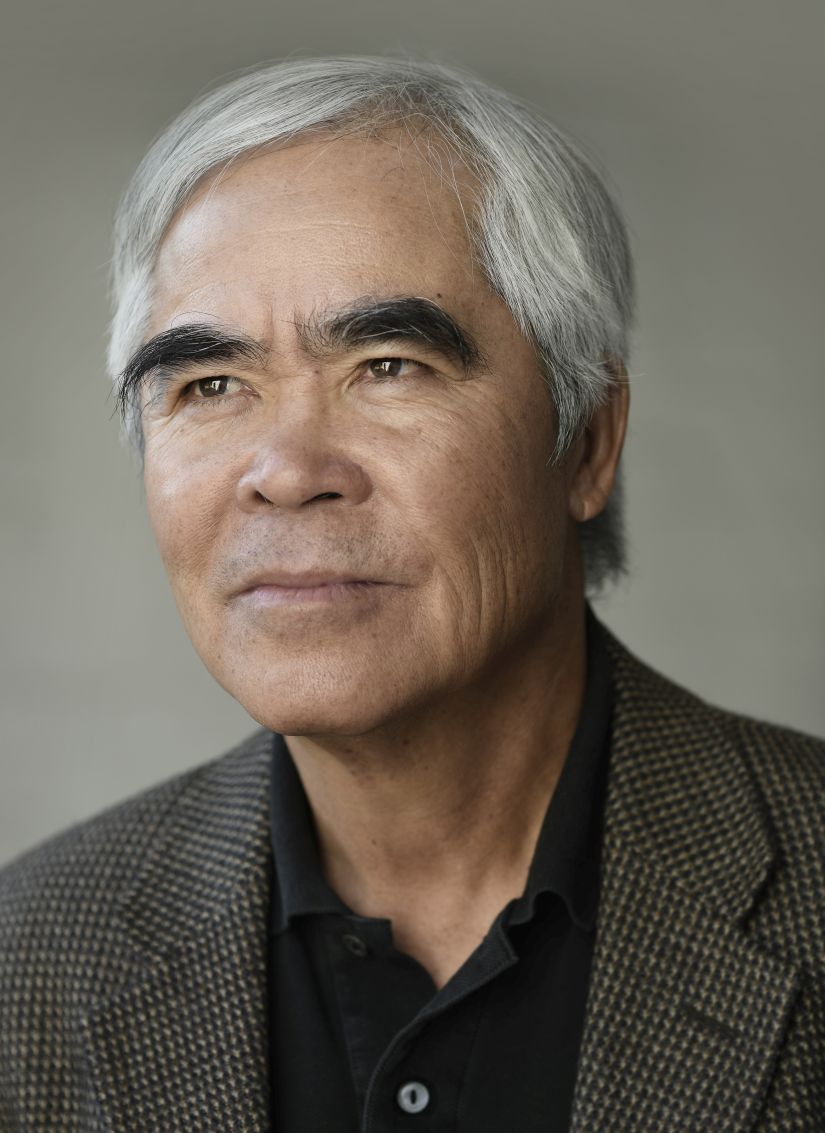 Nick Ut. Image courtesy: Indian Photography Festival, Hyderabad[/caption] In an exclusive interview with Firstpost, at the sidelines of Indian Photography Festival (IPF) in Hyderabad, Ut recalls his initiation into the world of photography. “I was the 11th child of 12 children in a big family in Vietnam and really looked up to my brother Huynh Thanh My, who was a photographer with AP (Associated Press). After he was killed on an assignment, I went to the office and asked for a job but was turned away because they thought at 15, I looked too much like a baby! I went back after a year and my boss (the late Horst Faas) gave me a job on one condition –I wasn’t allowed to go to the war-prone areas.” The Napalm Girl picture Ut says that dictum was issued because AP was nervous about the Huynh family losing another member in the crossfire of the war. But eventually, the war came to him in 1968. “I spent a couple of years working in the darkroom and learning the basics of the camera with which I wasn’t familiar with. I toured the nearby places and remember clicking a lot of pictures. I started traveling and covered Vietnam, Cambodia, and Laos. I would travel by motorcycle and go on assignments every day. I did this until the fall of Saigon," he says. [caption id=“attachment_5128551” align=“alignnone” width=“825”]  Vietnam War by Nick Ut. Image courtesy: Indian Photo Festival, Hyderabad[/caption] [caption id=“attachment_5128571” align=“alignnone” width=“825”] 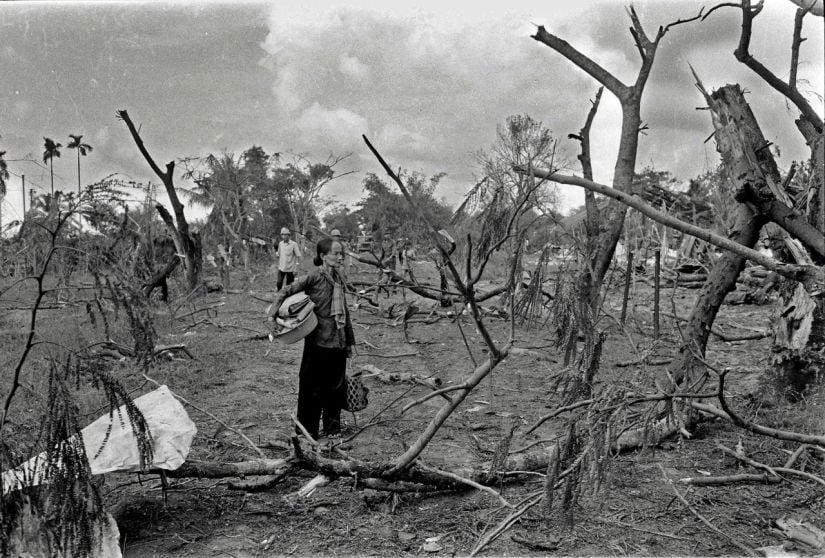 Vietnam War by Nick Ut. Image courtesy: Indian Photo Festival, Hyderabad[/caption] Ut clearly remembers the events leading up to his capturing the image of the ‘Napalm Girl’ which catapulted him to international fame. “The Viet Cong and North Vietnamese had locked the highway for a couple of days and I went very early in the morning to the sounds of bombs all around me. There was a lot of media personnel and I heard the noise of an aeroplane, the second one poured napalm which resulted in chaos.” It was then that Ut saw the children running and trained his long lens on the scene unfolding in front of his eyes, “I saw an elderly lady with a baby run and in the corner of my lens, a young girl, naked, and crying. I shot the picture while running towards her and thought she would die.” [caption id=“attachment_5128531” align=“alignnone” width=“825”] 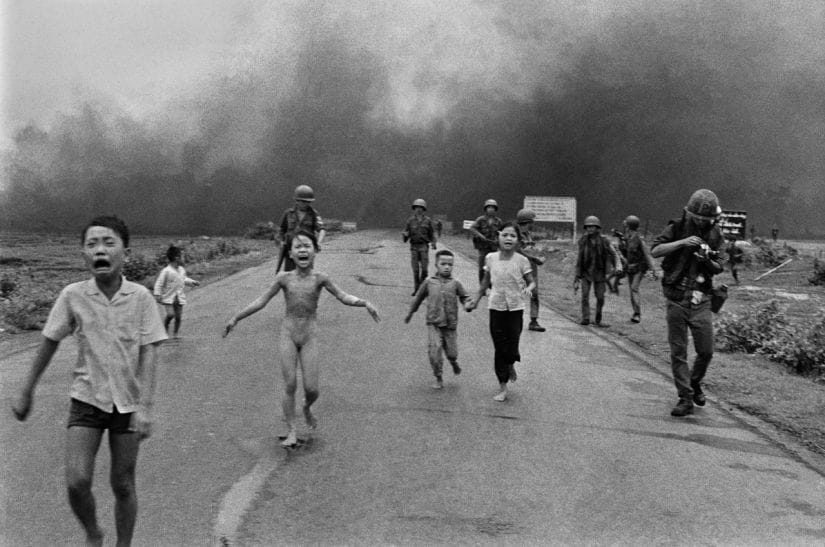 Teh Napalm Girl. Vietnam War by Nick Ut. Image courtesy: Indian Photo Festival, Hyderabad[/caption] The Pulitzer Prize winner wrapped the young girl (Phan Thị Kim Phúc, now a grandmother based in Canada, with whom Ut is still in touch) in a raincoat and took her to the hospital. He returned to Saigon and realised that he had taken eight rolls of images. “My editor liked the pictures and asked us to immediately send them to America. Back then, it had to go through Tokyo and took some time. In the next couple of days, the picture was all over US newspapers. People began calling me every day for interviews. It changed everything overnight.” 50 years after the image was taken, Ut is still remembered for it and has recounted the story many times, even for celebrities like Warren Beatty and Joan Collins. Ut says that image became iconic because when children become casualties of a war they strike a powerful chord. “When the body of the three-year-old Syrian Boy, Alan Kurdi, was found in Turkey, that powerful image made us question the whole idea of immigration. Children are often the worst casualties of war and when they are attacked, it sends out a powerful message.” [caption id=“attachment_5128581” align=“alignnone” width=“825”] 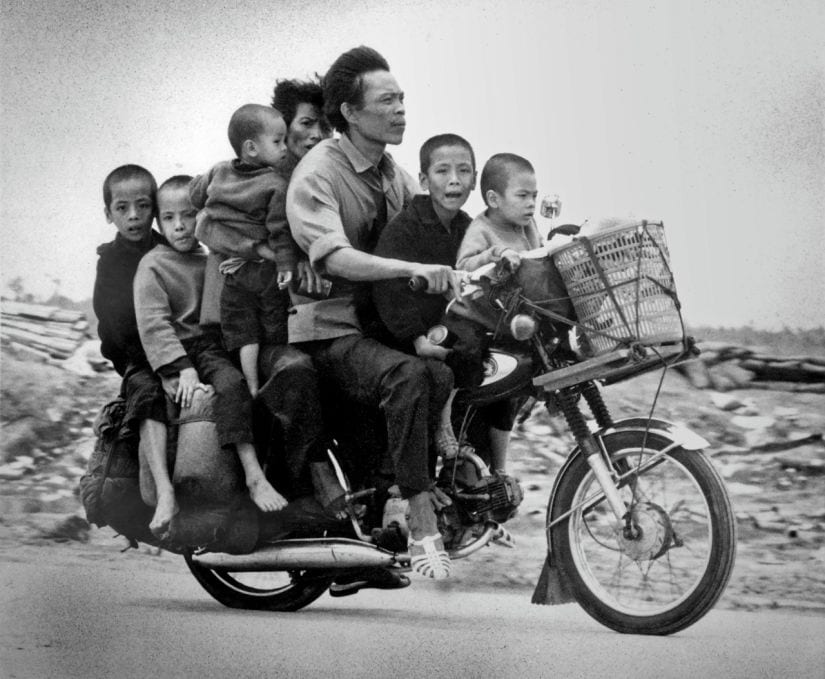 Vietnamese family refugees escaping leave An Loc South Vietnam on highway 13, during Viet Cong take over City 1973. Vietnam War by Nick Ut. Image courtesy: Indian Photo Festival, Hyderabad[/caption] Winning the Pulitzer Prize at 21 (one of the youngest winners) changed his life and Ut soon relocated to the United States where he added to his stock of iconic images. “I was having breakfast with my boss who said I might win. I was so young, I had no clue about the prize. I won a lot of awards for that image.” Move to Hollywood Ut started taking images of Hollywood stars once moved to the US. His many candid shots — Michael Jackson dancing on an SUV after being acquitted of child molestation, capturing actor Robert Blake when he was announced ‘not guilty’ of killing his wife and perhaps his most famous one, of Paris Hilton tearing up in the back of her car after being sentenced to Jail — ensured that the 67-year old photographer remained in the limelight. [caption id=“attachment_5128481” align=“alignnone” width=“825”] 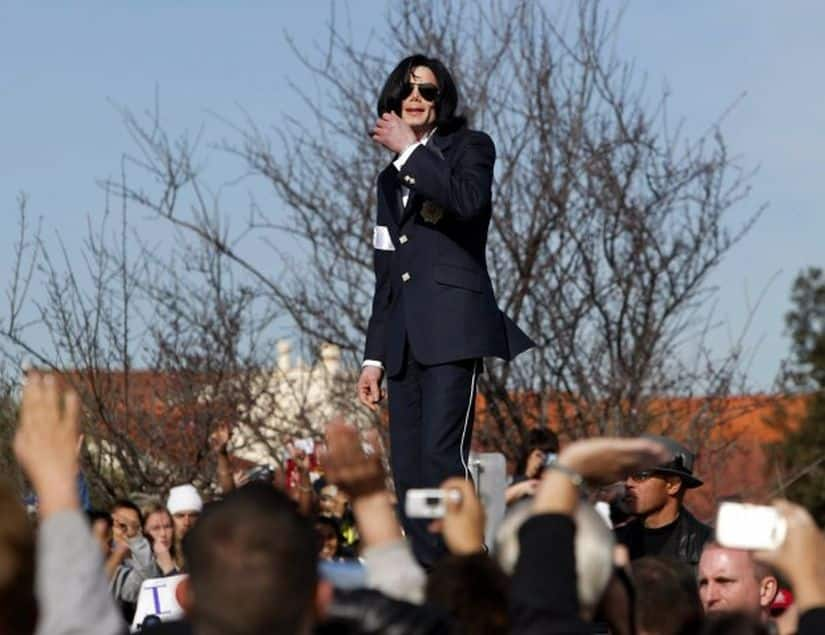 Friday, 16 Jan, 2004 file photo of Michael Jackson waves to his fans from atop his limousine after his arraignment on child molestation charges at the courthouse in Santa Maria, Calif. (AP Photo/Nick Ut)[/caption] Reminiscing about the Paris Hilton picture which coincidentally was taken on the 35th anniversary of the day he took the “Napalm Girl” picture, Ut says that it was a lucky happenstance. “I rushed to the spot as my company wanted a picture of Paris walking to the country jail. I clicked pictures of her parents and suddenly she broke down which was captured on my lens. Every media outlet in the US carried that picture.” [caption id=“attachment_5128461” align=“alignnone” width=“825”]  Paris Hilton (AP Photo/Nick Ut)[/caption] The photographer excitedly shows us his Instagram account including a picture of him with the late John Mc Cain. Sharing stories of the various images he clicked on his travels to India (he has just visited Kerala), he is all praises for millennials hooked to photography. “I started with the Nikon M and the Leica M2. Then moved to M2, M3, and two Nikon Fs, I love using longs lens. I was always the short guy with the big camera. Now, you see teenagers learning on their phones before buying professional models. It’s a healthy trend.” He laughs as he recalls his recent trip to Kerala where everyone wanted to capture him with actor Mohanlal and shows pictures he clicked in the markets at the crack of dawn, “There were a hundred photographers waiting to click me. I met some popular actors and tried to catch the local life. I took a lot of pictures there.” For someone who spent more than half a century as a renowned photographer, Ut humbly says that he considers himself very lucky. “I don’t want to shoot forever. I shoot every day but now, I want to make way for younger photographers."
For over 50 years, Nick Ut’s defining images have captured watershed moments in the Vietnam War as well as the celebrity culture in Hollywood making him one of modern day photography greats.
Advertisement
End of Article


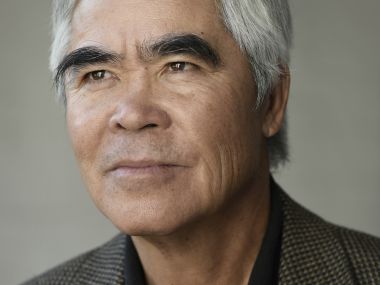)
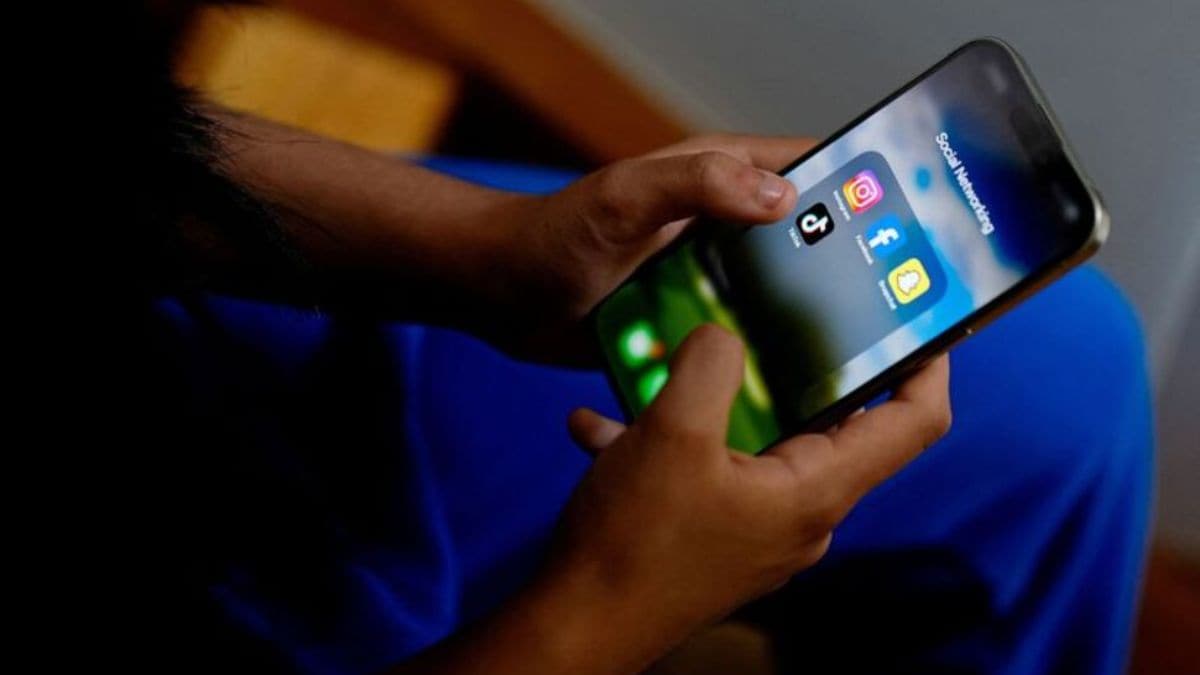
)
)
)
)
)
)
)
)



